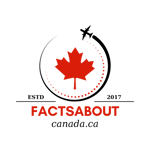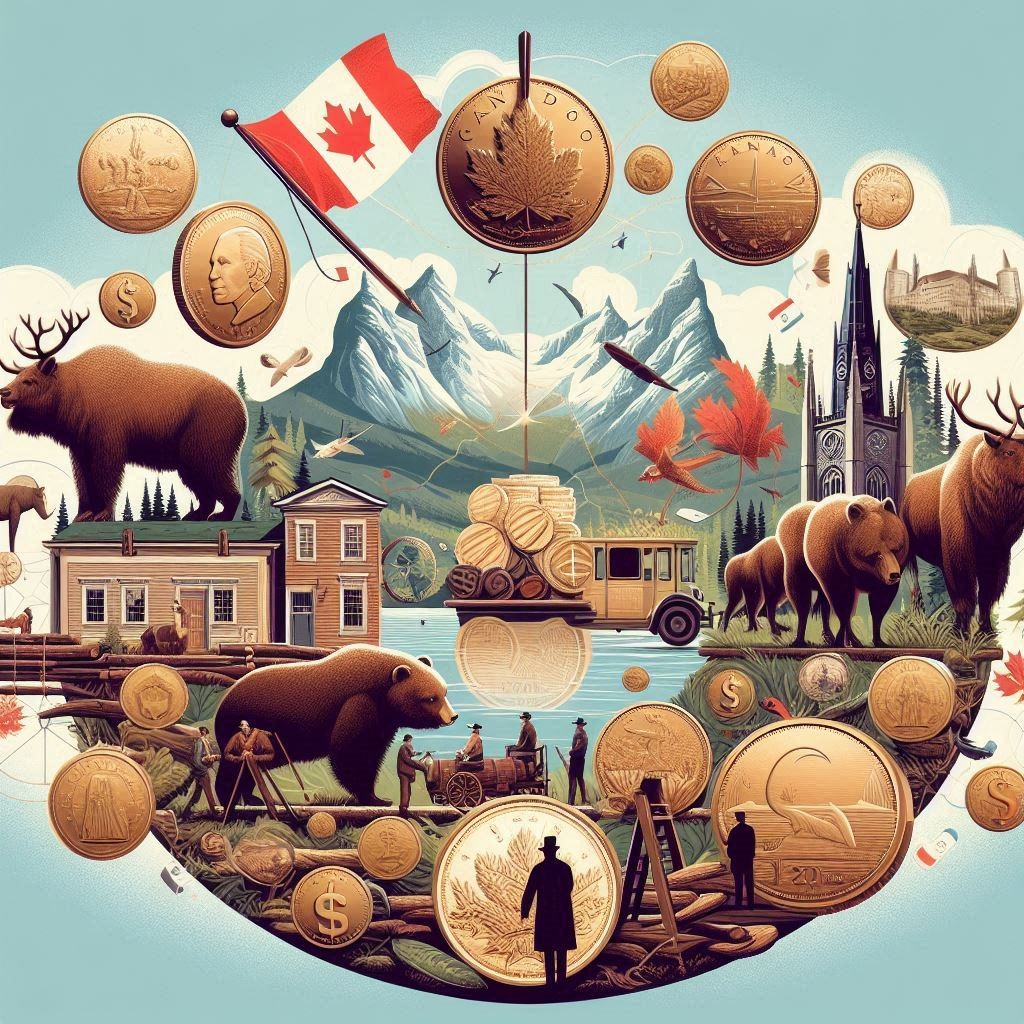The Cost of Living Squeeze: When Prices Outpace Paychecks
The “cost of living squeeze” has become an unwelcome reality for many households around the world, including Canada. This phenomenon occurs when prices for essential goods and services rise faster than people’s incomes, eroding their purchasing power and putting a strain on their budgets. In recent times, this squeeze has intensified due to various economic factors, leaving many struggling to make ends meet.
What’s Driving the Squeeze?
Several key drivers are contributing to this economic pressure:
- Inflation and Supply Chain Disruptions: The global surge in inflation, triggered by pandemic-related supply chain issues and fueled further by the war in Ukraine, has caused significant price increases across a wide range of goods, notably energy, food, and housing.
- Wage Stagnation: For many workers, wages have not kept pace with the rising cost of living. This means that even with employment, people’s real purchasing power is diminishing.
- Growing Inequality: The cost of living squeeze disproportionately affects low- and middle-income households, exacerbating economic inequality. Those with higher incomes may weather the storm better due to savings or flexibility in their spending habits.
- Housing Costs: Housing prices, both for rent and ownership, have soared in many areas, outpacing inflation and becoming a major burden on household budgets.
The Everyday Impact: Where People Feel the Pinch
The cost of living squeeze has a tangible impact on people’s everyday lives:
- Groceries: One of the most noticeable areas is the rising cost of food. People find themselves paying more for basic staples.
- Energy: Surging energy prices for heating homes, electricity, and fuel squeeze budgets further, forcing difficult choices.
- Discretionary Spending: Luxuries like dining out, entertainment, and travel often become the first casualties when finances are tight. This can affect the quality of life and impact related businesses.
- Savings and Debt: The ability to save dwindles, while reliance on credit cards and loans might increase for some, leading to a cycle of debt.
Tackling the Challenge: Potential Responses
There are no easy solutions to the cost of living squeeze, but a multifaceted approach is needed:
- Monetary Policy: Central banks, like the Bank of Canada, play a delicate balancing act in raising interest rates to tame inflation, while trying not to trigger a recession.
- Targeted Support: Government programs can provide relief to the most vulnerable, such as temporary subsidies on energy costs or increases to social assistance programs.
- Wage Growth: Policies that support wage growth and encourage fairer income distribution will build long-term resilience.
- Boosting Supply: For issues like housing, governments can work to increase the supply of affordable homes through construction initiatives and zoning reforms.
- Consumer Awareness: Educating consumers on budgeting, and price comparison tools could help them make informed spending decisions.
The Way Forward
The cost of living squeeze poses a real threat to both individual well-being and the broader economy. Addressing this crisis requires a combination of short-term measures to alleviate immediate hardship and long-term strategies focusing on sustainable wage growth and tackling the root causes of rising costs. Only then can true relief be realized for individuals and families feeling the financial strain.

